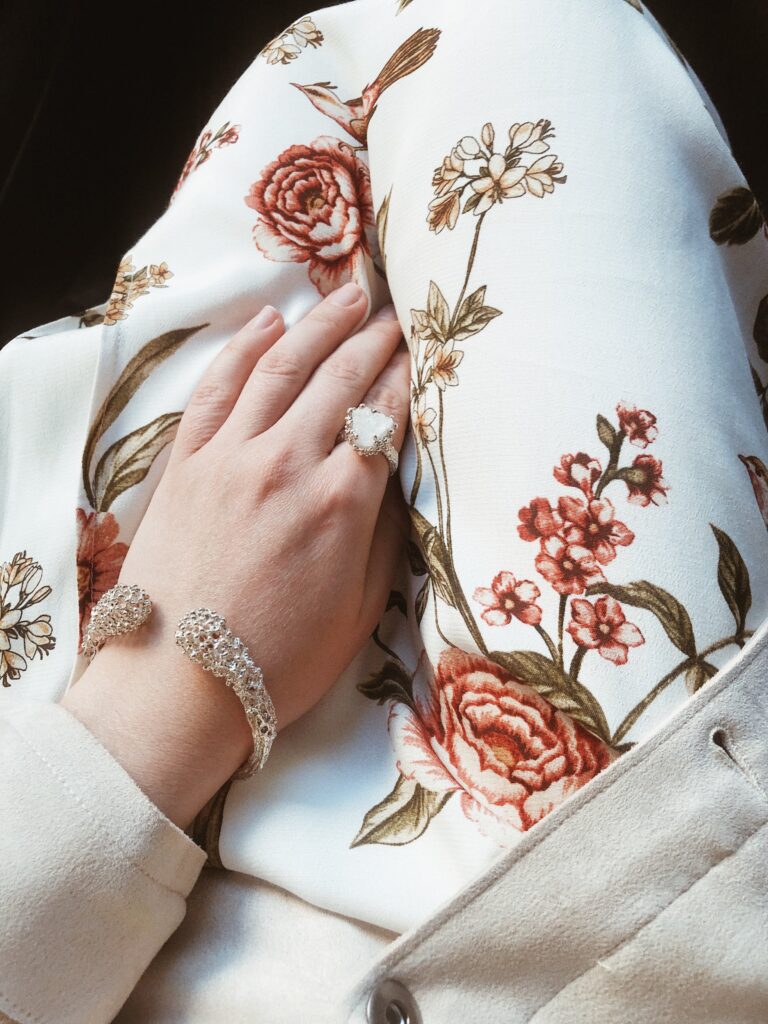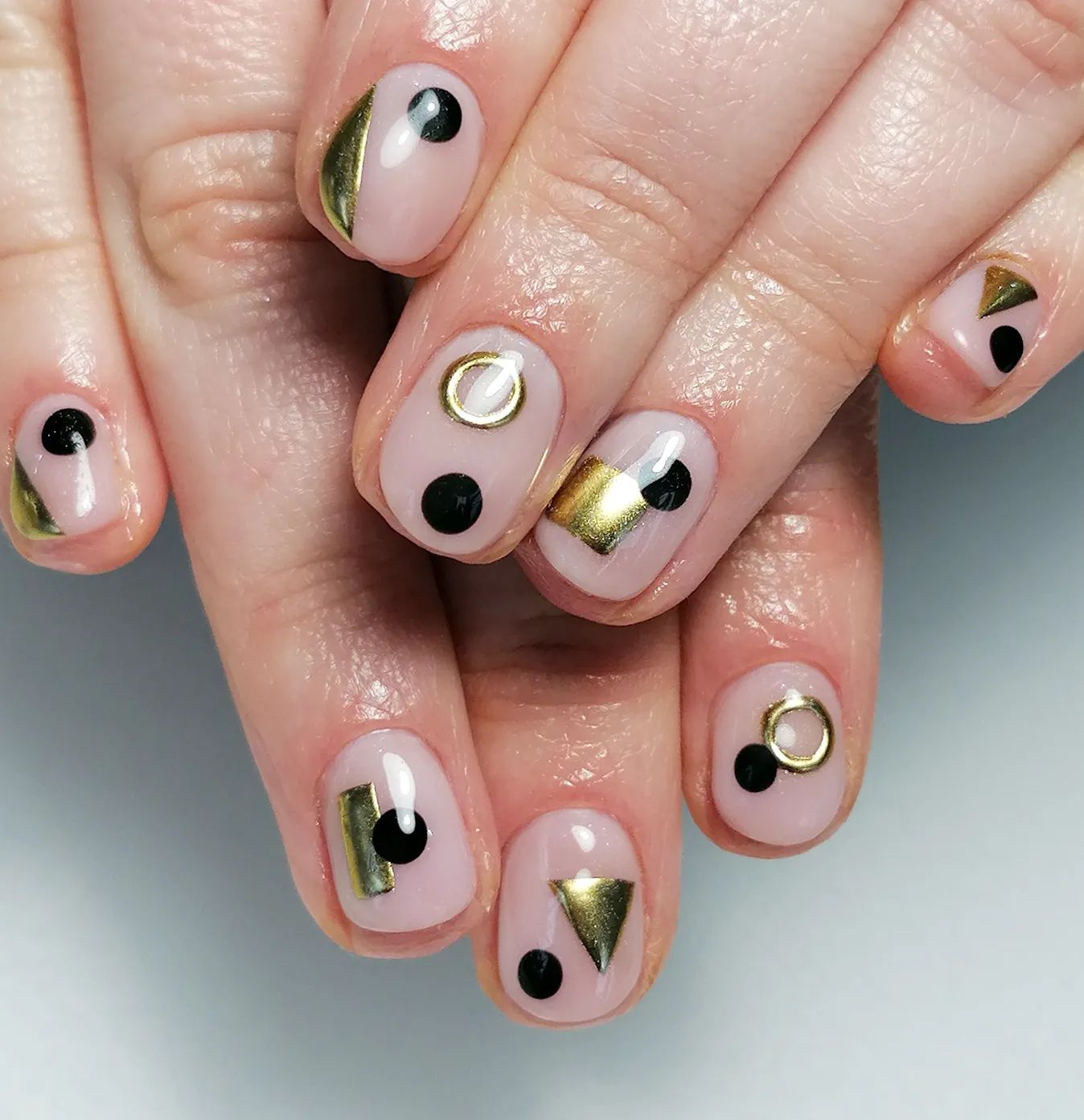Disclaimer: This post was sponsored by German Kabinski
Jewelry has forever transcended its role as mere decorative items. Throughout history, these adornments have been profound expressions of culture, symbols of status, tokens of love, and manifestations of spirituality.
In this exploration titled “The Art and Significance of Jewelry: Unveiling the Mysteries of Adornments,” we embark on a captivating journey that spans the epochs and design aesthetics, unraveling the profound meanings concealed within these exquisite accessories.
When it comes to the world of jewellery, there are names that stand out for their exceptional artistry and creativity.
German Kabinski is one such luminary, redefining the boundaries of what jewellery can be. With a keen eye for design and a passion for pushing the limits of craftsmanship, German Kabinski’s unique jewellery are a testament to the fusion of tradition and innovation.
Each creation is a masterpiece, meticulously crafted to tell a story, evoke emotions, and elevate the art of adornment.
As we embark on this journey to explore “The Art and Significance of Jewelry: Unveiling the Mysteries of Adornments,” let us also celebrate the extraordinary creations by German Kabinski, which exemplify the very essence of this captivating world of jewellery.

The Enigmatic Realm of Jewelry
A Concise Glimpse into the History of Jewelry
Jewelry’s history is as diverse and intricate as the societies that have crafted it. It boasts a legacy that extends from ancient times to the modern era.
The earliest traces of jewelry date back thousands of years, with the discovery of rudimentary beads and shells used as embellishments. As civilizations progressed, so did jewelry, evolving and adopting distinctive characteristics across different cultures.
Jewelry has transcended geographic and cultural boundaries, adapting to various forms and acquiring unique symbolism along the way.
In ancient Egypt, it represented opulence and the afterlife, boasting elaborate designs adorned with amulets and talismans. Within the Roman Empire, jewelry served as a badge of honor, worn by both men and women, often embellished with gemstones and intricate motifs.
In Asia, traditional jewelry designs reflected cultural beliefs and aesthetics, ranging from ornate Indian gold necklaces to delicate Japanese kanzashi hairpins.
Furthermore, jewelry has played a pivotal role in storytelling and historical documentation. In ancient Egypt, hieroglyphics were incorporated into jewelry to convey messages and record significant events.
Lockets and cameos from the Victorian era were encoded with concealed meanings and sentiments. In contemporary times, jewelry continues to evolve, embracing both the traditions of the past and the innovations of the present.
The Craftsmanship and Creativity in Jewelry Design
The Confluence of Imagination and Artistry
Jewelry design is a harmonious marriage of creativity and craftsmanship. Designers draw inspiration from nature, architecture, emotions, and cultural heritages to create unique pieces.
The creative journey typically commences with conceptualization and sketching, followed by the careful selection of materials and gemstones.
Highly skilled artisans then bring these visions to life through meticulous craftsmanship, employing techniques passed down through generations.
Dedicated jewelers painstakingly mold metals, embed gemstones, and construct intricate patterns.
They seamlessly blend traditional craftsmanship with cutting-edge technology, allowing for precision and innovative possibilities. The outcome is wearable art that captivates the eye and stirs the soul.
Distinctive Design Elements in Jewelry
Jewelry design encompasses a wide spectrum of styles, ranging from the timeless and classic to the avant-garde and experimental.
Elements such as symmetry, balance, and proportion play a pivotal role in creating visually appealing pieces. The selection of gemstones, color palettes, and settings can convey specific emotions or narratives.
Themes inspired by nature, love, and spirituality often fuel the creativity of jewelry designers. Floral motifs, animal shapes, and celestial symbols are recurring themes that resonate with wearers, each piece serving as a narrative unto itself.
Whether it’s a wedding ring symbolizing eternal love or a pendant imbued with a spiritual message, each jewelry piece shares a story.
Symbolism Embedded in Jewelry
Gemstones and Their Profound Significance
Gemstones have long been associated with symbolism and metaphysical attributes. For instance, diamonds symbolize strength and purity, while emeralds are linked to notions of rebirth and fertility.
Birthstones hold personal importance, with each month corresponding to a particular gemstone believed to bring fortune and protection to those born in that month.
Beyond their monetary worth, gemstones bear deep-rooted cultural and historical meanings. The red ruby, for example, has historically been regarded as the “king of gemstones,” embodying love, courage, and passion.
Similarly, sapphires have stood for wisdom, loyalty, and nobility throughout history.
Cultural and Spiritual Significance
Jewelry frequently carries cultural and spiritual weight. Crosses, Stars of David, and other religious symbols are worn as emblems of faith and devotion.
Cultural motifs, such as the lotus flower in Buddhism or the Hamsa hand in Islam, convey profound spiritual meanings and serve as protective talismans.
In certain cultures, jewelry is passed down through generations, preserving the stories and blessings of ancestors.
It can signify familial heritage, cultural identity, and a profound connection to one’s roots. The donning of traditional jewelry during ceremonies and festivities reinforces cultural bonds and safeguards heritage.
Contemporary Trends and Interpretations
Modern Trends in Jewelry Design
The realm of contemporary jewelry design is a dynamic and ever-evolving one, perpetually adapting to shifting preferences and values. Some individuals gravitate towards minimalist and understated pieces, while others embrace maximalism, favoring bold and statement-making jewelry.
The incorporation of unconventional materials, such as recycled or repurposed elements, aligns with the growing emphasis on sustainability and ethical sourcing.
Designers are also integrating technology into their creations, utilizing 3D printing and digital modeling to push the boundaries of conventional jewelry design.
These innovations facilitate the crafting of intricate and avant-garde pieces that challenge established notions of what jewelry can be.
Personalized and Custom Jewelry
One of the most significant trends in contemporary jewelry is personalization. Many individuals seek out customized pieces that narrate their unique stories. Custom jewelry enables wearers to choose specific gemstones, metals, and designs that hold personal significance.
Be it an engagement ring, a family heirloom, or a commemorative piece celebrating a life milestone, custom jewelry carries profound sentimental value.
The emotional bond between the wearer and their custom jewelry is deeply profound. These pieces evolve into cherished symbols of memories, relationships, and personal journeys.
In summary, jewelry transcends its role as adornment; it stands as a canvas for artistic expression, a repository of cultural heritage, and a symbol of personal narratives.
By delving into the intricate realm of jewelry, appreciating the artistry invested in it, and interpreting its symbolism, we can unlock the secrets and profound significance of these timeless treasures that have captured the hearts and minds of humanity throughout the ages.






